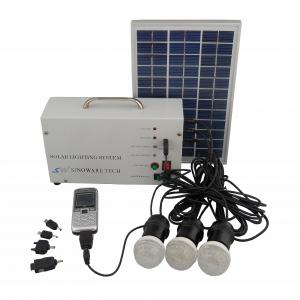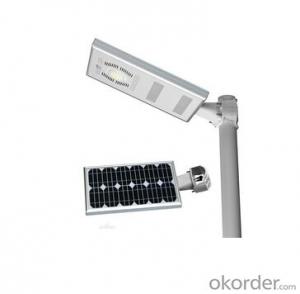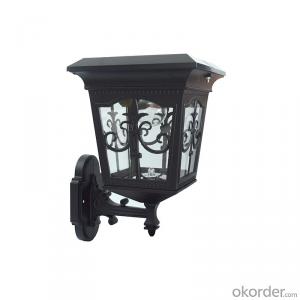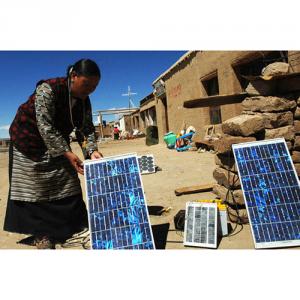Solar Light Post - LED Solar Garden Light with Stainless Aluminum Body
- Loading Port:
- China main port
- Payment Terms:
- TT OR LC
- Min Order Qty:
- 100 set
- Supply Capability:
- 10000 set/month
OKorder Service Pledge
OKorder Financial Service
You Might Also Like
Features:
Elegant CUP design
Warm white lighting for decorating
Stainless Aluminum body
100% solar powered, wireless connection
Superbright LEDs,100Lumens
Over 2 nights long lighting time, Waterproof IP65
Specification | ||
Solar panel | 1.6W,17% efficiency | 10 years |
Li-ion battery | 3.7V 2000mAh | 500 cycles |
LED | 1W, 100lm, Warm White | 50,000Hrs |
Ray sensor | <10Lux | |
Lighting mode | Bright light 5 hours-Dim light 7 hours | Switch timer |
material | Aluminum + ABS | |
Solar charging time | 7~8 hours by bright sunlight | 1000W/m2 |
Lighting time | Around 3 nights | Full charged |
Efficiency | >85% | |
Product size | 264mm(H)*dia 160mm | Unit:mm |
Product Application Area:
Courtyard/Garden
Park
Roadway/pathway
Parking Lot
Private road
Sidewalk
Public square/ plaza

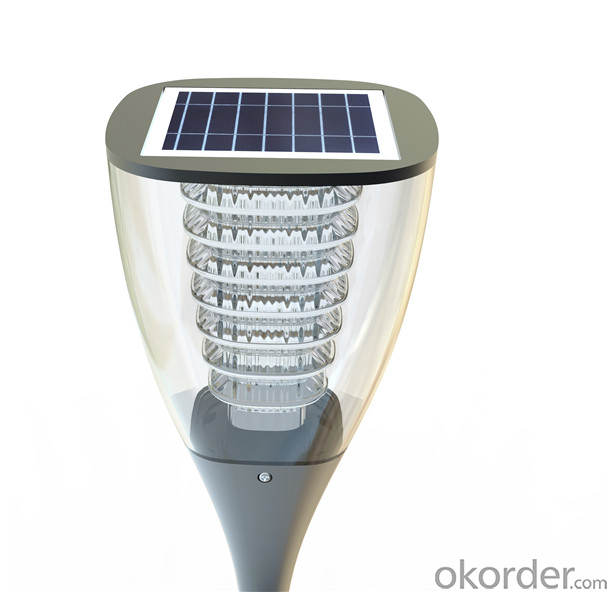



FAQ
1.How to install?
You can fix the product with the screw in the packing box and install the product on the area that needs illumination. Enough sunshine that can insolate the solar panel for charging has to be ensured. You have to pay attention that excellent effect of charging can be achieved when the solar panel has angle and no shelter and faces to the south area.
2.How to use and how to charge?
The product is off before delivery in order to avoid discharging during transportation. You can activate it by using the pin, take away the magnet, and face the solar panel to the sunlight or tearing off the film. This is depend on different item, the activate way may differ. Solar panel should be insolated with certain angle and charge in the daytime and bright automatically in the nighttime.
3.Dose the light illuminate in the daytime?
The light is optically controlled. It will not illuminate when there is enough light during the day. Once night falls, it will bright.
4.How is the effect of the PIR motion sensor?
The light will be in the energy saving mode when it is dark automatically, light will be off when it is dawn. With this characteristic, the light can be used as signal light, indicator light and continuous light.
PIR motion sensor light: Entering into the induction area when it is dark, the light will bright automatically and lasts for about 30 seconds, and then, it will turn to power saving mode.
- Q: Are solar lights suitable for off-road or adventure vehicles?
- Yes, solar lights are suitable for off-road or adventure vehicles. They are energy-efficient, eco-friendly, and can provide reliable lighting in remote areas where access to electricity may be limited. Additionally, solar lights are durable and designed to withstand harsh conditions, making them a practical and convenient lighting solution for outdoor enthusiasts.
- Q: Can solar lights be used for outdoor weddings or event venues?
- Yes, solar lights can be used for outdoor weddings or event venues. They are a popular choice due to their eco-friendliness, easy installation, and ability to create a warm and inviting atmosphere. Solar lights provide ambient lighting, accentuate outdoor decor, and can be easily positioned in various areas to illuminate pathways, seating areas, and decorations. Additionally, they do not require electricity, making them a cost-effective and sustainable lighting option for outdoor events.
- Q: Do solar lights have adjustable sensitivity settings for motion detection?
- Indeed, numerous solar lights come equipped with adjustable sensitivity settings for motion detection. By utilizing these settings, users are able to personalize both the range and sensitivity of the motion sensor. This grants them the ability to regulate the light's activation and the distance it can detect motion. This characteristic proves advantageous as it aids in conserving energy by avoiding unnecessary activation of the light due to minor movements. Moreover, adjustable sensitivity settings enable users to optimize the security and safety features of their solar lights by ensuring they are solely triggered by substantial motion events.
- Q: Can solar lights be used for outdoor food stalls or vendors?
- Yes, solar lights can be used for outdoor food stalls or vendors. Solar lights are a sustainable and cost-effective lighting solution that can be easily installed in outdoor areas without access to electricity. They provide sufficient illumination for food stalls and vendors, ensuring visibility for customers and maintaining a safe and well-lit environment. Additionally, solar lights are powered by the sun, making them environmentally friendly and reducing energy costs for food vendors.
- Q: Do solar lights have adjustable color-changing options?
- No, solar lights do not typically have adjustable color-changing options. Most solar lights have a fixed color or a simple on/off function.
- Q: Do solar lights have a built-in GPS tracking system?
- No, solar lights do not typically have a built-in GPS tracking system.
- Q: How do you choose the right solar light color temperature?
- When choosing the right solar light color temperature, it is important to consider the intended purpose and ambiance you want to create. Warmer color temperatures, such as 2700K, can provide a cozy and relaxing atmosphere, while cooler color temperatures, like 5000K, offer a brighter and more vibrant feel. Additionally, considering the surrounding environment and the desired level of visibility can also aid in selecting the appropriate color temperature for your solar lights.
- Q: Can solar lights be programmed or scheduled?
- Yes, solar lights can be programmed or scheduled. Many solar lights come with built-in timers or sensors that allow them to be programmed to turn on or off at specific times or in response to certain conditions. This feature is especially useful for outdoor lighting, as it allows users to customize the lighting schedule to suit their preferences or needs. Additionally, some solar lights can be connected to a central control system or paired with a smartphone app, enabling the user to remotely schedule or adjust the lighting settings.
- Q: Are solar lights suitable for RVs or camping trailers?
- Yes, solar lights are suitable for RVs or camping trailers. They are a convenient and energy-efficient lighting solution, as they do not require electricity and can be easily recharged by the sun. Solar lights are portable, easy to install, and can provide sufficient lighting for outdoor activities or illuminating the interior spaces of your RV or camping trailer.
- Q: Do solar lights have a dusk-to-dawn feature?
- Yes, some solar lights do have a dusk-to-dawn feature. This feature allows the lights to automatically turn on at dusk and turn off at dawn without any manual intervention.
Send your message to us
Solar Light Post - LED Solar Garden Light with Stainless Aluminum Body
- Loading Port:
- China main port
- Payment Terms:
- TT OR LC
- Min Order Qty:
- 100 set
- Supply Capability:
- 10000 set/month
OKorder Service Pledge
OKorder Financial Service
Similar products
Hot products
Hot Searches
Related keywords







